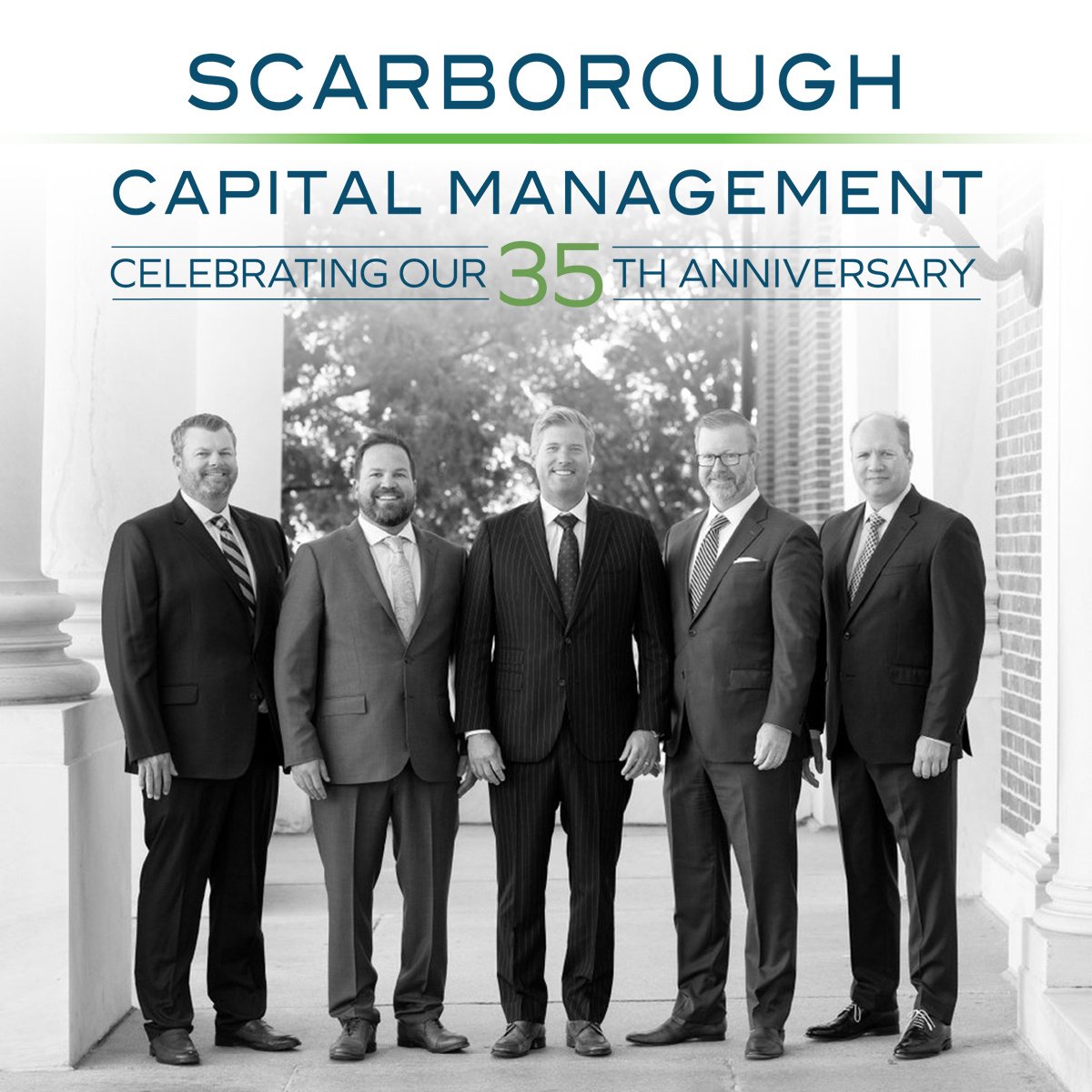

by Gregory S. Ostrowski
Categories:
2023 Retirement Planning Updates
2023 ushers in several cost-of-living adjustments to various retirement savings limits in addition to a host of retirement planning changes as a result of the recently passed SECURE 2.0 Act. While not intended to be an exhaustive list of updates, here’s a rundown of high points we thought were worth sharing:
Higher Contribution Limits to Retirement Accounts1:
The contribution limit for employees who participate in 401(k), 403(b), most 457 plans, and the federal government's Thrift Savings Plan is increased to $22,500, up from $20,500.
The limit on annual contributions to an IRA increased to $6,500, up from $6,000. The IRA catch-up contribution limit for individuals aged 50 and over is not subject to an annual cost of living adjustment and remains $1,000.
The catch-up contribution limit for employees aged 50 and over who participate in 401(k), 403(b), most 457 plans, and the federal government's Thrift Savings Plan is increased to $7,500, up from $6,500. Therefore, participants in 401(k), 403(b), most 457 plans, and the federal government's Thrift Savings Plan who are 50 and older can contribute up to $30,000, starting in 2023. The catch-up contribution limit for employees aged 50 and over who participate in SIMPLE plans is increased to $3,500, up from $3,000.
Required minimum distribution (RMD) age increases from 72 to 732:
The age 72 trigger for taking RMDs is raised to age 73 for individuals who attain age 72 on or after January 1, 2023. Under that effective date, an individual who attains age 72 on or before December 31, 2022, must take an RMD for 2022 and 2023. An individual who turns 72 in 2023 is not required to take an RMD until they turn 73. Custodians are awaiting clarification, but SECURE 2.0 also appears to indicate that the RMD age is pushed back to 75 for individuals who turn 75 in 2033 or later.
Changes to Roth accounts3:
Roth IRAs, 401(k)s and 403(b)s continue to grow in popularity among investors looking to minimize the impact of income taxes on future gains. The new legislation makes these vehicles even more appealing to investors, with a few key changes.
More ways for employees to save for retirement using a Roth: Effective immediately, vested employer contributions are now eligible for Roth treatment. Employers may now offer employees the option to have employer contributions (both matching and nonelective) made to employees’ Roth accounts in 401(k) and 403(b) plans.
No more lifetime RMDs required from employer plan Roth accounts: Effective in 2024, investors with Roth 401(k)s or 403(b)s will no longer be required to take lifetime RMDs from those accounts.
Roth treatment required for some catch-up contributions: Starting in 2024, all catch-up contributions to retirement plans will be made on an after-tax basis for individuals who earn $145,000 or more, even if regular contributions are made on a pre-tax basis.
SIMPLE and SEP Roth IRA options added: Small-business owners now have the option to offer Roth versions of Savings Incentive Match Plan for Employees (SIMPLE) AND Simplified Employee Pension (SEP) IRAs, in addition to traditional versions of those plans.
529-to-Roth rollover option3: Starting in 2024, 529 education plan assets can be rolled over directly into a Roth IRA for the beneficiary of the 529 plan, within certain limitations. This means clients that are concerned about overfunding 529s can err on the side of contributing more, knowing they’ll be able to access at least a portion of those leftover assets without taxes or penalties. The rollover option may also make 529 accounts more appealing to clients who aren’t sure whether their beneficiaries will use the funds for higher education.
There are limitations involved, such that the 529 account must be at least 15 years old with the same named beneficiary during that period; the amount rolled over must have been in the account for at least five years; the Roth account must be in the name of the 529 plan beneficiary; Rollover contributions must be within Roth IRA annual contribution limits ($6,500 in 2023), and is reduced by any “regular” traditional or Roth IRA contributions made by the beneficiary in that year; Rollovers are limited to a maximum of $35,000 per beneficiary over their lifetime.
Expansion of qualified charitable distributions (QCDs)3: QCDs provide one of the most tax-efficient ways for clients to accomplish their charitable giving goals by allowing them to directly transfer funds from a retirement account to a charitable organization. QCDs count against RMDs and allow retirement funds to be used directly for charitable contributions on a pre-tax basis, which allows individuals to make charitable contributions that are not subject to the limitations of an itemized income tax deduction.
Currently, individuals can make up to $100,000 of QCDs annually, beginning at age 70 ½. Under the SECURE 2.0 Act, starting in 2024, the QCD limit will be indexed for inflation, which means it is likely to be substantially more than the current limit.
How do all these changes affect your plans?
As always, everyone has unique circumstances, so reach out to us and we can help determine how these updates may affect your personal situation. We wish you the very best for a healthy and prosperous 2023!
SOURCES:
1“401(k) limit increases to $22,500 for 2023, IRA limit rises to $6,500” - 401(k) limit increases to $22,500 for 2023, IRA limit rises to $6,500 | Internal Revenue Service (irs.gov)
2“Get informed on the Secure 2.0 Act” - Jackson National Life
3”5 ways SECURE 2.0 Act may impact wealth management clients” -https://www.capitalgroup.com/advisor/practicelab/articles/secure-act-2-advisor-takeaways.html






